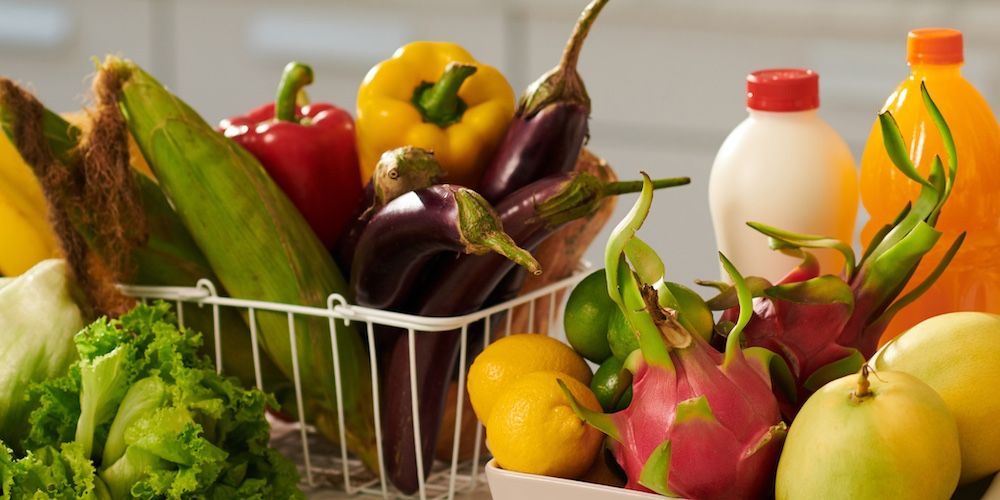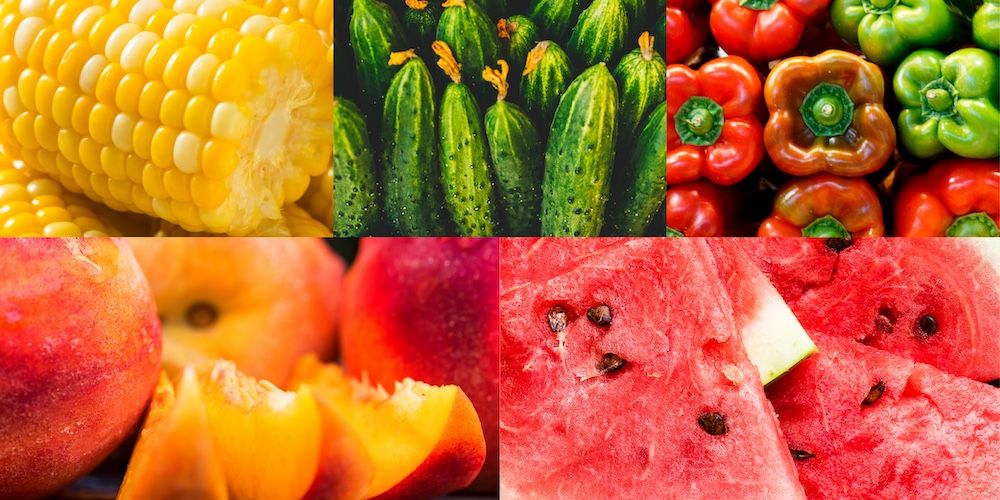One thousand pounds …
That’s nearly how much food is wasted in a year by the average American household. We’re talking more than 2 pounds of food wasted a day! And if you think that hurts your fridge and pantry, buckle up for how bad it hurts your wallet.
The average American household loses more than $2,000 a year to food waste, and as a country, the U.S. loses $218 BILLION every year.
Needless to say, food waste is a problem … but also one you can tackle pretty easily with a few helpful tips.
- Plan your meals to shop smarter
The first step to solving any problem is to create a plan, and in this case, it’s planning ahead before shopping.
Many of us throw away food simply because we bought too much, or we forgot about it in the fridge. Meal planning isn’t just a time-saver – it’s a money-saver, too. By planning meals for the week and writing a shopping list based on what you actually need, you can avoid impulse buys that end up spoiling before you can use them.
Start by creating a weekly meal plan for various meals—breakfasts, lunches, dinners, snacks—and when shopping, stick to the list to avoid picking up extra items. The fewer unplanned purchases you make, the less likely you are to end up with food that doesn’t get eaten in time.
Oh, and take a minute to check your pantry, fridge, and freezer before you shop. We all have accidently bought something that when we got home, we forgot we already had.
- Understand expiration dates: ‘Best before’ vs ‘Use by’
They’re supposed to make our lives easier, but expiration dates can be confusing, leading to unnecessary food waste.
A quick breakdown: The “best before” date is a suggestion for peak freshness, not an indication that the food is no longer safe to consume. Many foods, especially dry or canned items, can still be good long after the date on the package. In contrast, the “use by” date is a safety concern and should be taken seriously.
- Organize your fridge and pantry for freshness
“First in, first out.” Sometimes, it really is that simple.
The FIFO method involves placing newer groceries at the back of the fridge/pantry and older items at the front, ensuring you eat what you already have before the fresh stuff. This may sound basic, and it is, but few actually implement it.
Also, consider using clear storage containers to keep food visible. When you can see it, you’re more likely to use it.
- Repurpose leftovers
Leftovers can be awesome … and also boring enough to cause a significant amount of food waste. Fortunately, with a little creativity, you can transform last night’s dinner into today’s lunch, or even repurpose ingredients for entirely new meals. For example, leftover roasted vegetables can be tossed into a salad, used to make a veggie stir-fry, or turned into a delicious vegetable soup.
Additionally, freezing leftovers is a great way to extend their shelf life. Portion out meals into single-serving containers and store them in the freezer for busy days when you don’t have the time or energy to cook from scratch. This keeps food out of the trash and gives you an easy solution for future meals.
- Go green
Composting your scraps, using eco-friendly kitchen products, and buying from locally sourced producers – all of these are ways to reduce waste and be environmentally conscious. How?
Composting reduces landfill waste (thus reducing methane emissions) while creating nutrient-rich soil. Ditching single-use plastics for glass containers or disposable sponges for natural scrubbers all makes an impact. And as for buying local, you’re not only getting fresher, more nutrient-dense food, but you’re also helping reduce the carbon footprint associated with long-distance transportation.
Basically, wins across the board, with these and the rest of the tips helping reduce waste of all kinds.







